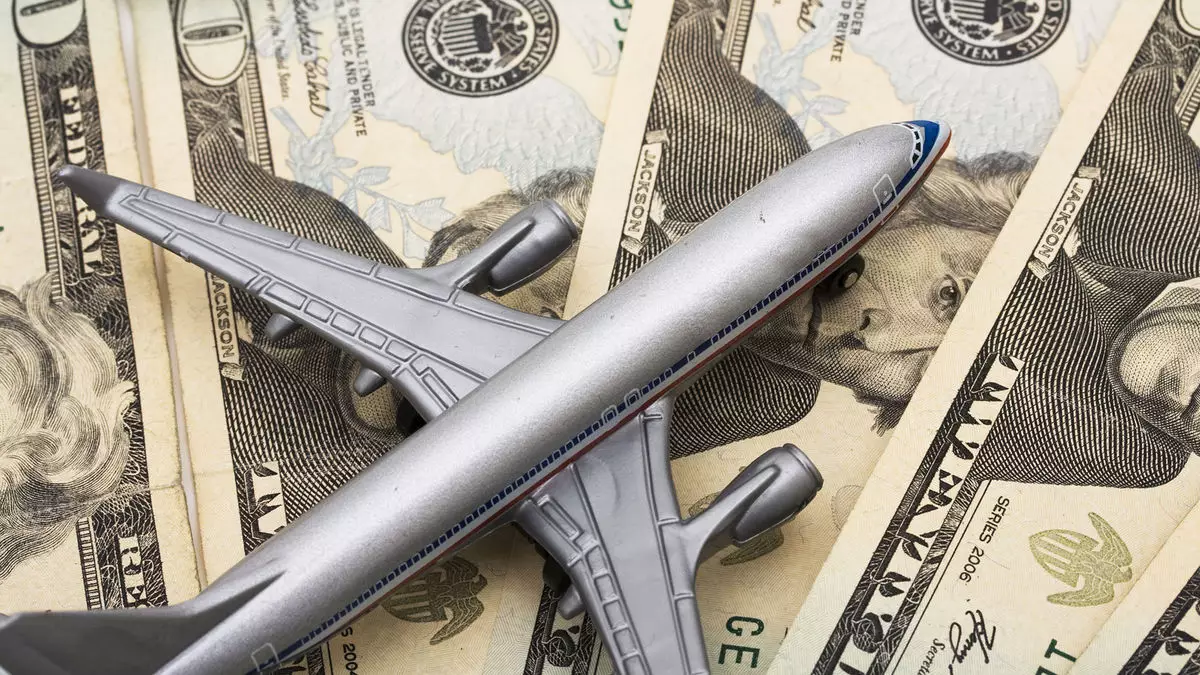The recent implementation of substantial global tariffs by the Trump administration is set to unleash a wave of complications for U.S. airlines, which are already weathering the impacts of a shaky economy. As noted by investment analyst Tom Fitzgerald at TD Cowen, the cumulative effects of economic uncertainty are particularly worrying for the airline industry, traditionally a barometer for broader economic health. Tariffs could not only dampen commercial air travel demand but might exacerbate fiscal challenges, especially as business travelers pull back on expenditures amid escalating fears of an economic downturn.
Market Sentiment and Consumer Spending
The stock market has already shown signs of distress, with the Jets ETF—an index reflecting U.S. airline stocks—plummeting by roughly 33% since its high on inauguration day, with notable declines, including a sharp dip on April 4. Such trends are ominous: they suggest that at least among baby boomers, consumer confidence is faltering. Fitzgerald’s insights articulate a stark future where fading market sentiment would likely convince many to reconsider travel plans, thereby further suppressing demand for airline services. This sentiment raises a pivotal question: how will airlines adapt in the face of such consumer hesitation?
Revisions in Earnings Expectations
The fragility of the airline sector is underscored by several carriers recently adjusting their earnings forecasts downward. With significant layoffs and a tragic plane crash near Washington, D.C. fresh in the public consciousness, the industry braves an uphill battle for recovery. The forthcoming quarterly earnings calls—starting with Delta on April 9—are anticipated to yield more sobering news, as analysts brace for further pessimistic outlooks. Fitzgerald’s warning regarding the likelihood of recession lends an urgent tone to the situation; clearly, the airline industry is not only navigating current challenges but may soon face the added burden of an economic contraction.
Future of Air Travel Demand
Within this turbulent environment, there is a silver lining for consumers: potential decreases in airfare. Fitzgerald posits that diminished demand has left airlines with excess capacity, which could lead to more competitive pricing as they strive to maintain market share. The competitive dynamics within the industry are set to change, with full-service airlines likely positioned to benefit more than their low-cost counterparts during this downturn. Travelers may find themselves gravitating toward the basic economy offerings of these larger carriers, as they seek affordable solutions without sacrificing too much on service quality.
Strategic Adjustments Ahead
In light of these economic pressures, airlines will have no choice but to adjust their operational strategies. Fitzgerald suggests that it may take until the latter half of the year for airlines to realign their capacities to meet the new demand realities. The industry’s ability to pivot effectively amidst these challenges will be crucial. As competition intensifies, how well carriers adapt their routes and pricing strategies may well determine their long-term viability in a market that feels increasingly precarious.
In essence, U.S. airlines are at a crossroads: they must deftly manage the interplay of external economic factors while making strategic decisions that align with both consumer needs and the stark realities of a fluctuating marketplace.


Napsat komentář